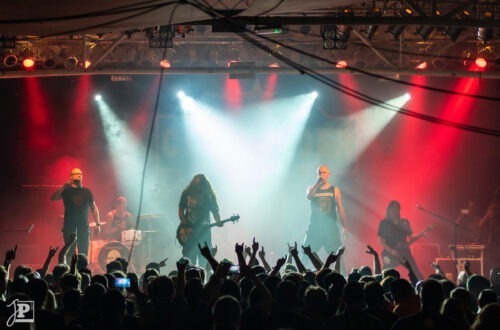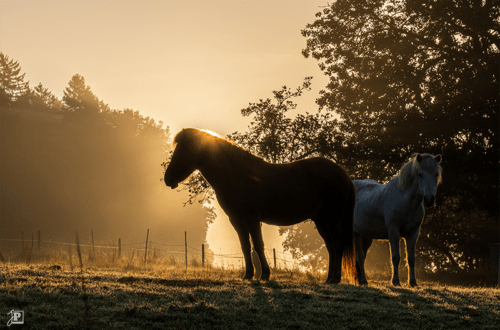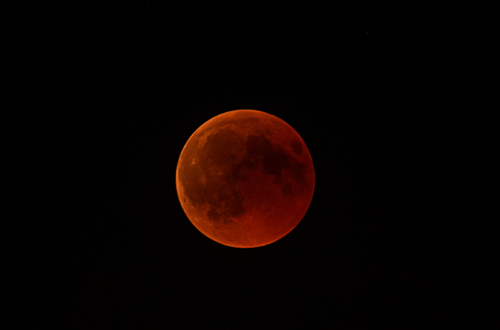Of Monkeys and Fish-eyes
Photo courses are a wonderful opportunity to get new ideas for subjects and perspectives, and to exchange ideas with like-minded people in the process. That’s why the photo course in the Vivarium, the small zoo in the east of Darmstadt, was a perfect birthday present. Especially a small gang of cheeky monkeys knew how to set themselves in scene…
Photo course in the zoo
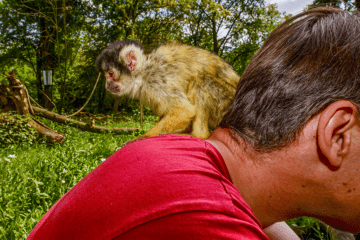
The Vivarium is a small yet nice zoo, located on the outskirts of the city next to the university and the botanical garden. An animal photographer, who is an animal keeper himself and has a lot of experience in dealing with the local inhabitants, regularly offers photo courses for beginners and advanced photographers, including tips for image editing. While during winter, the courses take place in the well-heated reptile house, in the summer they are held outdoors. The courses are limited to a small number of participants, so that there is no excessive crowding and there is enough time for each participant to take pictures at all stations.
The special appeal of these photo courses is that you are allowed to enter the enclosures with the keeper art your side. This not only allows for viewing angles that are not accessible to normal visitors, there are also no disturbing fences or glass panes in the way of taking pictures. Of course, you have to keep in mind that curiosity is not a one-way street and the animals may come a bit closer to you than you would like.
New perspectives
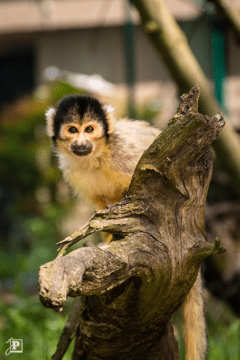
The topic of the course was animal portraits. When taking portraits, one usually thinks of long focal lengths and soft, blurred backgrounds. But the challenge in this photo session was a quite the opposite: The task was to use the shortest possible focal lengths. For me this meant: the 11-20 mm ultra-wide angle (equivalent to 17-32 mm on full frame) and the 6.5 mm fish-eye lens.
Consequently, the possibility of getting up close to the animals within their enclosures could be – actually, had to be – fully exploited. The allure of the pictures is that you can show the animals large in the frame and at the same time capture their surroundings. This in turn requires a careful choice of perspective, because if you take a picture with a fish-eye lens, you already have to take care to keep your own feet out of the image.
The course took place during beautiful weather in May. Consequently, the wide viewing angles of the lenses used almost always included the sun, which directly raised the next question: How do I deal with the backlight? The answer lies in the skillful use of an external flash. While the image is intentionally underexposed so that the sky and clouds are still visible, the foreground is suitably brightened again with the flash.
It’s not a trivial task to take pictures when you hold the camera in one hand, the flash in the other, while you have to be watchful that the monkeys don’t rob your photo bag…
There’s a monkey on your back
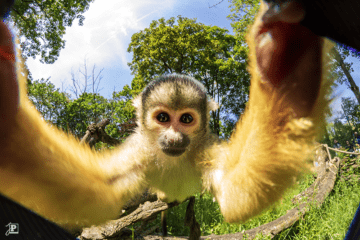
The course started with the Galapagos turtles. Here, the pitfalls of using an ultra-wide angle lens became directly noticeable, if you lie on the ground to get a nice view on the animal, look through the viewfinder and think: It is surely still another 3 ft away – and in the next moment, the turtle bumps its head against the camera. When you are at eye level, such a turtle can be surprisingly fast!
Then came the coatis, which could be watched from close range while climbing on branches and foraging on the ground. But the absolute highlight was, of course, the enclosure with the squirrel monkeys.
The bustling gang was always on the go. They ran, hopped, played, scuffled and above all: explored. The instructor had warned us, and indeed, even our photo equipment was not safe from the little rascals. Before I knew it, a little guy had already unscrewed my lens hood half-way! Fortunately, I was allowed to keep the hood, as well as the unique photo that was taken at that moment.
With the right food, we tried again and again to lure the monkey gang in position for nice photos, but often enough, the curiosity was greater than the hunger. A very entertaining experience, and so the half-day photo course passed more quickly than we all wanted it to.
The result
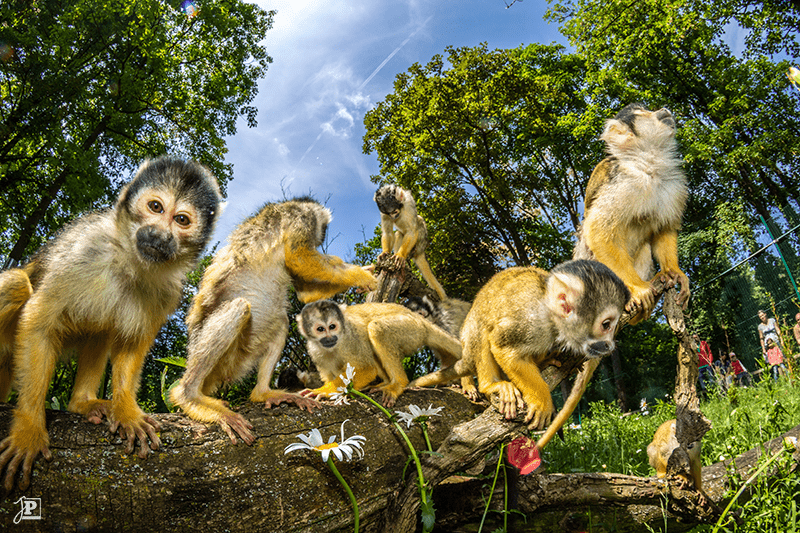
The little monkeys, which were constantly scurrying in front of, on, under, next to and behind the camera, have not only conquered my heart, but also the May sheet in the 2019 calendar. Here, too, the flash was used to compensate for the strong backlight of the sun, as can be seen by the shadows of the flowers on the tree trunk.



